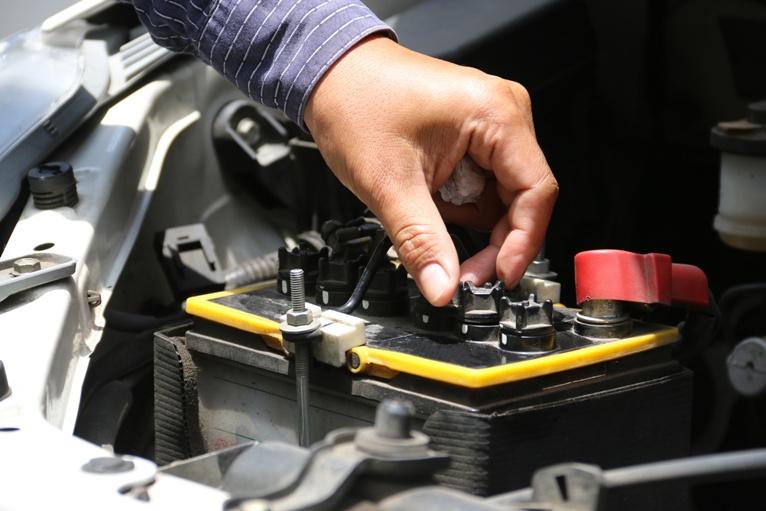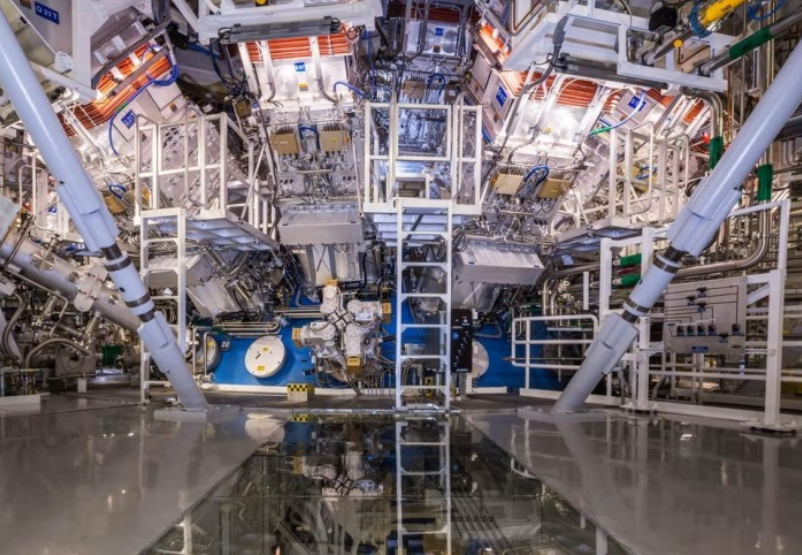how to fill battery with water
Introduction:
In this article, we will discuss the process of filling a battery with water. It is important to note that not all batteries can be filled with water, and this process is specifically for batteries that are designed to be topped up with water. Follow these steps to ensure safe and proper battery maintenance.
Step 1: Determine Battery Type
Before attempting to fill a battery with water, it is crucial to identify the type of battery you are dealing with. Most automotive batteries, also known as lead-acid batteries, require water for maintenance. However, other types such as lithium-ion batteries do not need water and should not be filled with it. Refer to the manufacturer’s instructions or consult a professional if you are unsure about your battery type.
Step 2: Gather Necessary Tools and Safety Precautions
To fill the battery with water, you will need a few essential tools and safety equipment. Gather the following items before proceeding:
– Distilled water: It is important to use distilled water rather than tap water to prevent impurities from affecting the battery’s performance.
– Safety goggles and gloves: Protect your eyes and hands from any potential splashes or spills.
– Funnel: A funnel will make it easier to pour water into the battery cells without causing any spills or mess.
– Clean cloth: Have a clean cloth handy to wipe off any water that may accidentally spill during the filling process.
Step 3: Prepare the Battery for Water Filling
Before opening the battery, ensure that it is in a well-ventilated area. Batteries can release potentially harmful gases during the filling process, so it is crucial to have proper ventilation. Additionally, make sure the battery is disconnected from any power source.
Step 4: Open the Battery
Carefully remove the battery caps using a screwdriver or the designated tool provided with the battery. The caps are usually located on top of the battery and cover the individual cells.
Step 5: Inspect the Battery
Take a moment to inspect the battery and check the water level in each cell. The water level should be above the battery plates but below the cell’s split-ring. If any cell is significantly lower than the others, it may indicate a problem with the battery and should be checked by a professional.
Step 6: Fill the Battery Cells
Using the funnel, slowly pour distilled water into each battery cell. Be cautious not to overfill the cells, as it can lead to electrolyte overflow during charging. Aim to fill each cell to the appropriate level, ensuring the battery plates are fully submerged but not covered by excess water.

Step 7: Replace the Battery Caps
Once all the cells are filled with water, carefully replace the battery caps. Ensure they are tightened securely but not overly tightened, as this can cause damage to the battery.
Step 8: Clean and Dispose of Any Spilled Water
If any water spills or splashes during the filling process, immediately wipe it off using a clean cloth. It is essential to keep the battery and its surroundings clean and dry to prevent any potential issues.
Step 9: Reconnect the Battery
After the water filling process is complete, reconnect the battery to the appropriate power source, following the manufacturer’s instructions.
خاتمة:
Filling a battery with water is a necessary maintenance task for certain types of batteries, such as lead-acid batteries. By following the steps outlined in this article, you can ensure the safe and proper filling of your battery. Remember to always refer to the manufacturer’s instructions and seek professional help if needed.
-
 مقدمة: في السنوات الأخيرة، كان هناك اهتمام متزايد بشأن الاستدامة البيئية والحاجة إلى حلول طاقة أكثر كفاءة عبر مختلف الصناعات. صناعة الرافعات الشوكية ليست استثناءً، لأنها تلعب دورًا حيويًا في عمليات مناولة المواد. تقليديًا، يتم تشغيل الرافعات الشوكية بواسطة بطاريات الرصاص الحمضية، والتي لها العديد من القيود. ولكن مع التقدم التكنولوجي، ظهر...اقرأ أكثر
مقدمة: في السنوات الأخيرة، كان هناك اهتمام متزايد بشأن الاستدامة البيئية والحاجة إلى حلول طاقة أكثر كفاءة عبر مختلف الصناعات. صناعة الرافعات الشوكية ليست استثناءً، لأنها تلعب دورًا حيويًا في عمليات مناولة المواد. تقليديًا، يتم تشغيل الرافعات الشوكية بواسطة بطاريات الرصاص الحمضية، والتي لها العديد من القيود. ولكن مع التقدم التكنولوجي، ظهر...اقرأ أكثر -
 Introduction: In recent years, there has been a growing demand for high-capacity and efficient energy storage solutions. One of the most significant breakthroughs in battery technology is the development of the High-Capacity 12V 100Ah Lithium Iron Phosphate (LiFePO4) battery. This innovative battery not only offers a higher capacity but also boasts several other advantages over traditional lead-acid batteries. This article...اقرأ أكثر
Introduction: In recent years, there has been a growing demand for high-capacity and efficient energy storage solutions. One of the most significant breakthroughs in battery technology is the development of the High-Capacity 12V 100Ah Lithium Iron Phosphate (LiFePO4) battery. This innovative battery not only offers a higher capacity but also boasts several other advantages over traditional lead-acid batteries. This article...اقرأ أكثر -
 When it comes to sailing, one of the most important things to consider is having a reliable power source. A cranking marine battery is an essential component that ensures smooth and uninterrupted sailing experiences. In this article, we will delve into the intricacies of a cranking marine battery and how it plays a vital role in powering up boats for...اقرأ أكثر
When it comes to sailing, one of the most important things to consider is having a reliable power source. A cranking marine battery is an essential component that ensures smooth and uninterrupted sailing experiences. In this article, we will delve into the intricacies of a cranking marine battery and how it plays a vital role in powering up boats for...اقرأ أكثر -
 Power outages, car breakdowns, and other unexpected emergencies can happen at any time, leaving you stranded and without access to power. In such situations, having an emergency starter battery can be a lifesaver. These portable devices are designed to provide a quick and easy way to jump-start your car, charge your phone, and power other essential devices, ensuring that you're...اقرأ أكثر
Power outages, car breakdowns, and other unexpected emergencies can happen at any time, leaving you stranded and without access to power. In such situations, having an emergency starter battery can be a lifesaver. These portable devices are designed to provide a quick and easy way to jump-start your car, charge your phone, and power other essential devices, ensuring that you're...اقرأ أكثر -
 The development of lithium batteries has been a game-changer in the world of electronics, powering everything from our smartphones to electric cars. But where did this technology come from, and how has it evolved over time? The roots of lithium battery technology can be traced back to the 1970s, when researchers at the Exxon Corporation began experimenting with lithium...اقرأ أكثر
The development of lithium batteries has been a game-changer in the world of electronics, powering everything from our smartphones to electric cars. But where did this technology come from, and how has it evolved over time? The roots of lithium battery technology can be traced back to the 1970s, when researchers at the Exxon Corporation began experimenting with lithium...اقرأ أكثر -
 In the wave of energy technology, lithium batteries, with their high energy density, long cycle life and environmental protection characteristics, have become an important support for the development of modern science and technology. The production of lithium batteries is not only an in-depth dialogue between precision technology and material science, but also a vivid interpretation of the concept of green,...اقرأ أكثر
In the wave of energy technology, lithium batteries, with their high energy density, long cycle life and environmental protection characteristics, have become an important support for the development of modern science and technology. The production of lithium batteries is not only an in-depth dialogue between precision technology and material science, but also a vivid interpretation of the concept of green,...اقرأ أكثر -
 When it comes to batteries, there are various types available on the market, each designed for specific uses. Two commonly used types are deep cycle batteries and starting batteries. Even though they may seem similar, they have distinct differences that make them suitable for different applications. In this article, we will explore the disparities between deep cycle batteries and starting...اقرأ أكثر
When it comes to batteries, there are various types available on the market, each designed for specific uses. Two commonly used types are deep cycle batteries and starting batteries. Even though they may seem similar, they have distinct differences that make them suitable for different applications. In this article, we will explore the disparities between deep cycle batteries and starting...اقرأ أكثر

